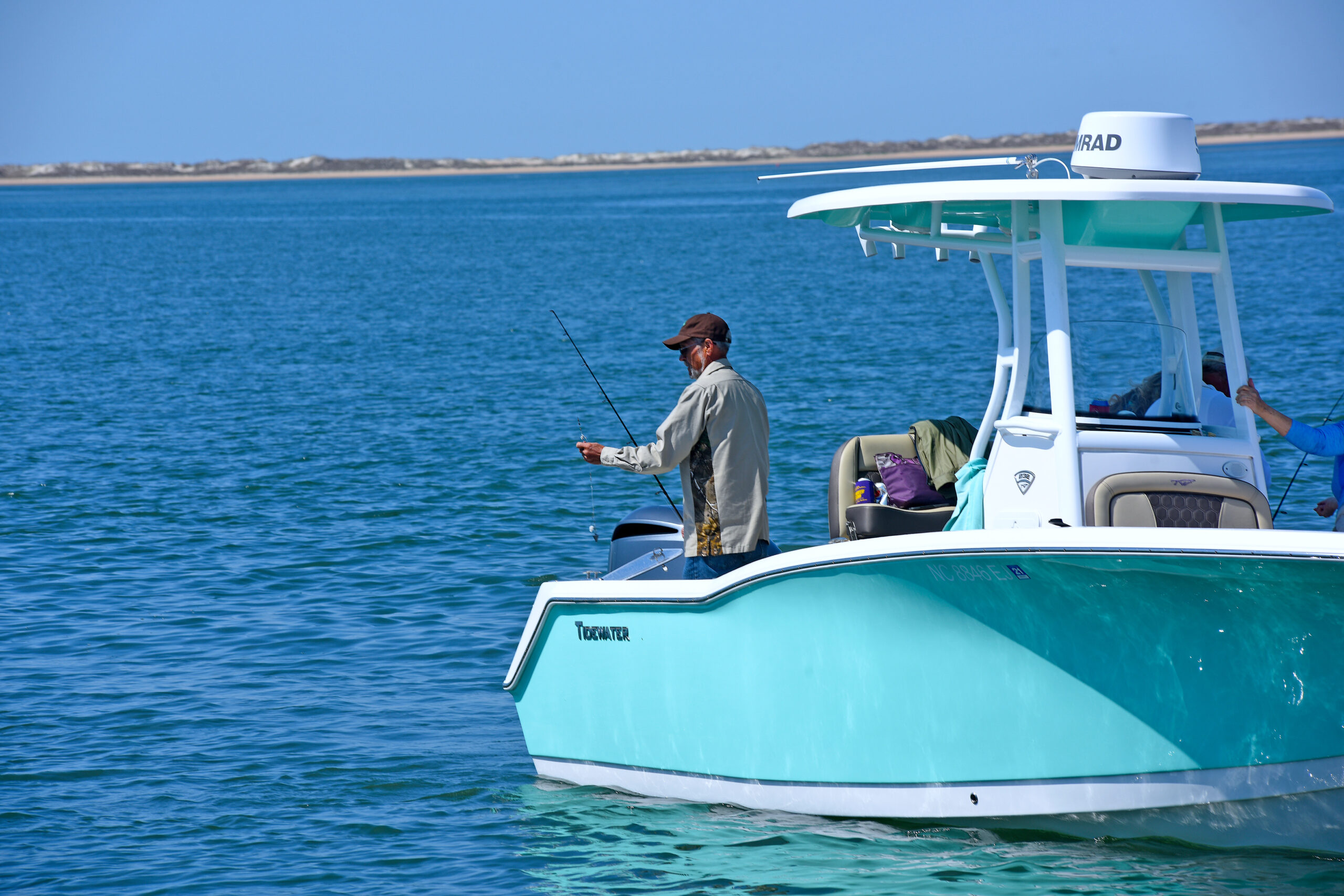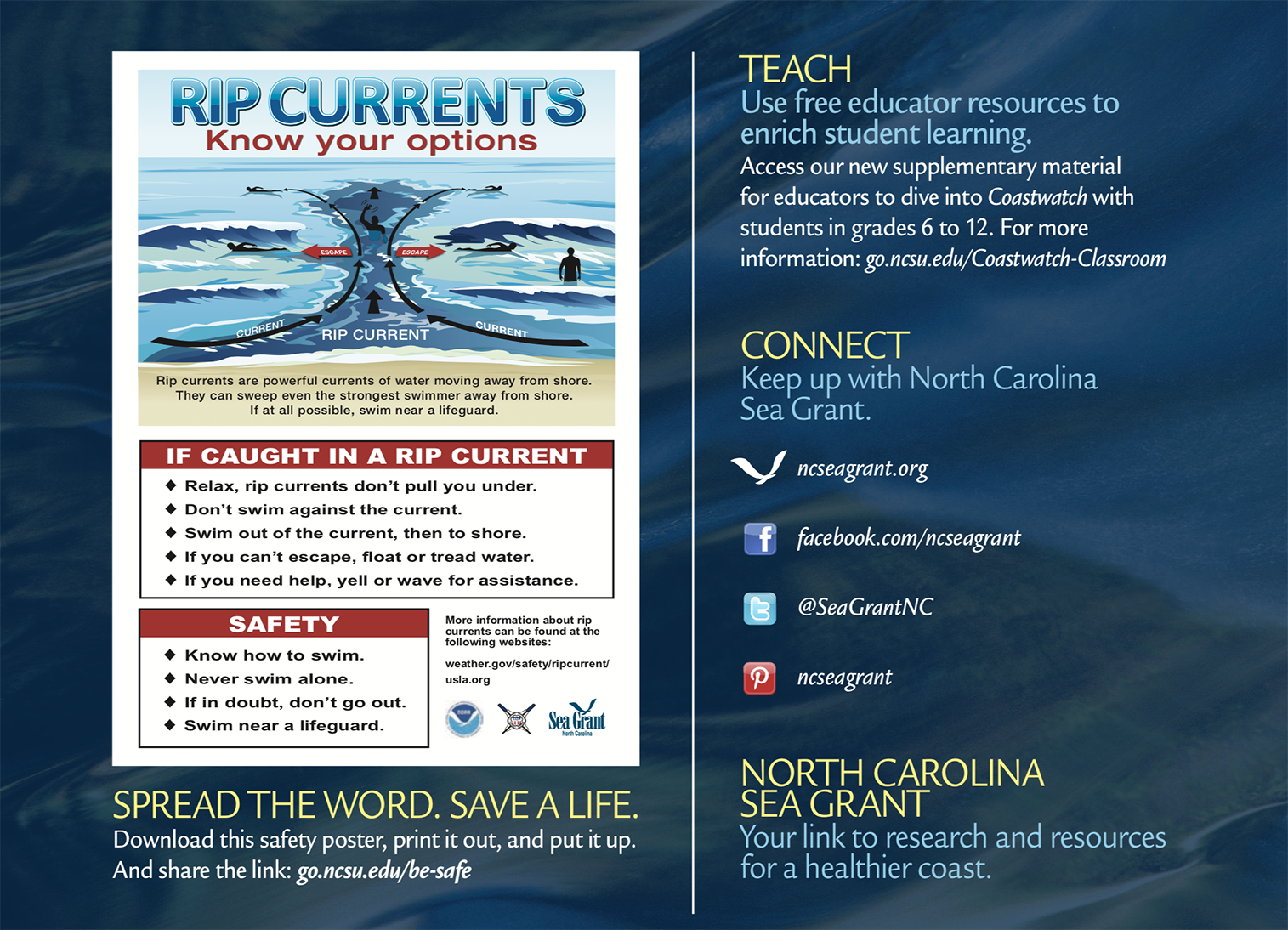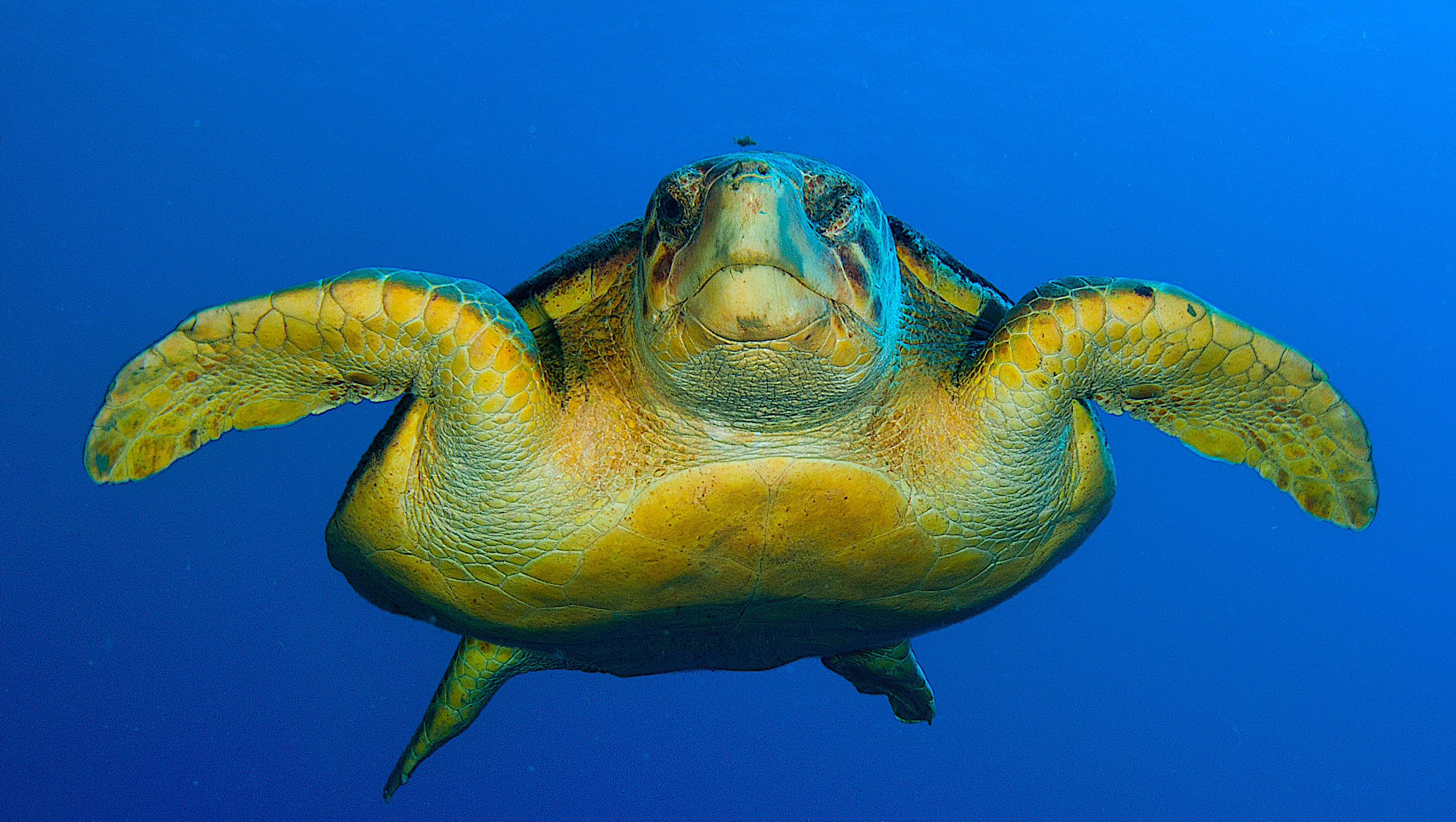When it comes to surf fishing, it’s hard to beat the coastline of North Carolina. Little data is available on onshore fishing, however, while the number of anglers continues to increase.
Let’s look at a study from the French Riviera that tries to quantify the angler population and related implications for management. Like North Carolina’s coastline, the region has a highly diverse group of anglers, from locals to seasonal fluxes of tourists, who bring new fishing practices and different levels of awareness about rules and regulations.
Research Need
A lack of data makes monitoring and assessment difficult in many recreational fisheries. State, regional, and federal partners use in-person, telephone, and mail surveys to measure the number of trips saltwater anglers take and the number of fish they catch, but estimating total recreational effort is a statistical challenge.
Fishery policies traditionally were based on stock status indicators such as Catch Per Unit of Effort, for which “effort” is the amount of time and fishing gear in the water. (Catch Per Unit of Effort directly relates to stock abundance.) The diversity of angler practices and behaviors may influence angling efficiency and raises the question of the validity of using Catch Per Unit of Effort to set policies in marine recreational fishing.
What did they study?
From November 2017 to October 2018, a research team visited the Natural Marine Park of the Gulf of Lion in France, the second largest marine park in the Mediterranean Sea. They first counted the number of recreational fishers, and then selected a subset to participate in a 20-minute interview.
The questionnaire focused on a wide range of variables covering socioeconomic data and fishing methods. They also asked anglers about the size and species of their catch.
By analyzing this large dataset, the researchers were able to describe the composition of the onshore fishing population, its fishing strategies, and the impact of both on Catch Per Unit of Effort.
What did they find?
Over the study period, the research team counted 795 marine recreational fishers within the park and interviewed 212 of them. All anglers surveyed, in the end, were men. Most were between 50 and 59 years of age with little (1 to 5 years) to intermediate (11 to 20 years) fishing experience.
The majority of surveyed anglers fished occasionally (less than 30 times per year) and for leisure more than for catches. They fished most often in the morning (24%) and especially in summer (49%).
The majority of surveyed anglers fished from shore only (74%), as few owned or rented a boat. Nearly half of the surveyed anglers cast from dikes (49%), although surfcasting from the beach also was common (44%). They chose their fishing spot principally based on tranquility or accessibility.
Most anglers (57%) were locals, and in this fishery, most anglers (77%) ended the day emptyhanded. Only 12% caught one target species or more. Most anglers (92%) also practiced catchand-release.
The average expenditure was 100 to 500 euros (approximately $120 to $600) to harvest 0 to 10 kilograms (22 lbs.) of fish per year.
A large majority of surveyed anglers (74%) perceived a decline in the numbers of fishes, which they linked to commercial fishing (51%) and water pollution (25%). In addition, 60% of fishermen admitted that they did not know which species were protected inside the park or the minimum legal catch sizes for the main species they targeted.
So what?
The total Catch Per Unit of Effort didn’t differ overall among types of anglers across these groups: “Vacationers,” “Occasional Local Fishermen,” “Experienced Local Fishermen,” and “Local Lure Fishermen.”
When and where anglers fished, as well as how they responded to management measures, did differ across groups.
In addition, the researchers only noted differences by group in Catch Per Unit of Effort for four species.
Findings seem to support continued use of Catch Per Unit of Effort in onshore marine recreational fishing as a relative indicator for stock status, regardless of the kind of anglers in the area.
Summary compiled by Sara Mirabilio



